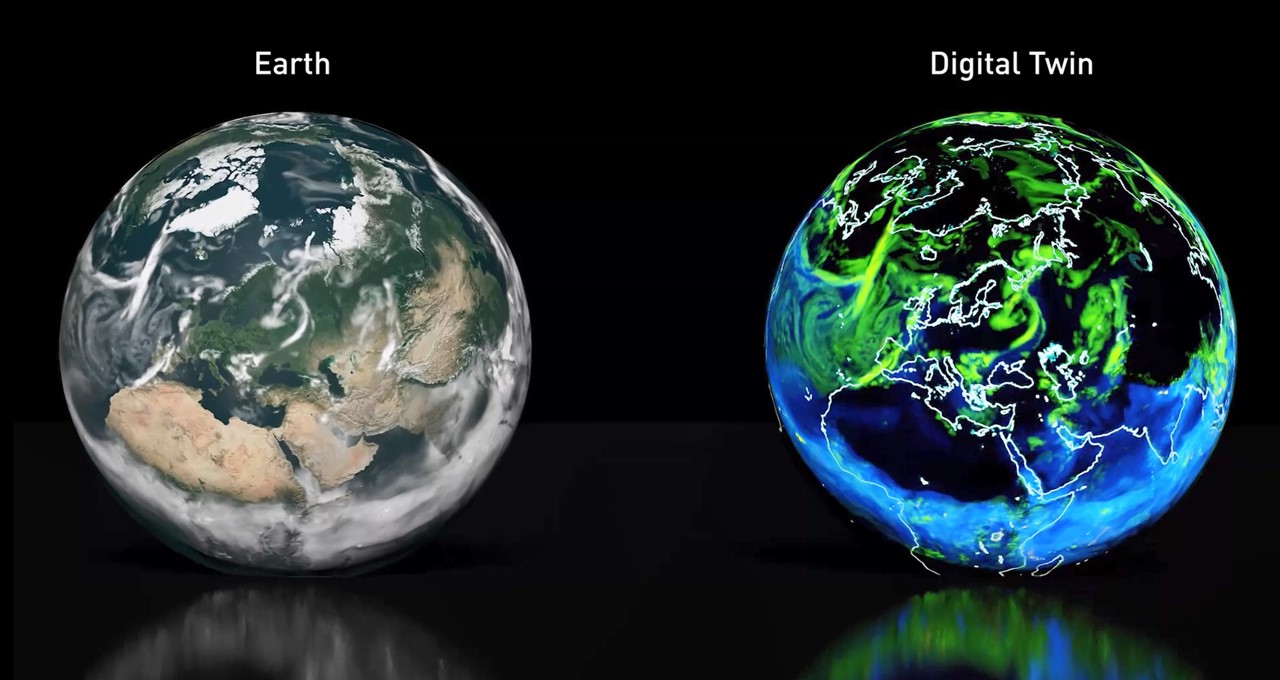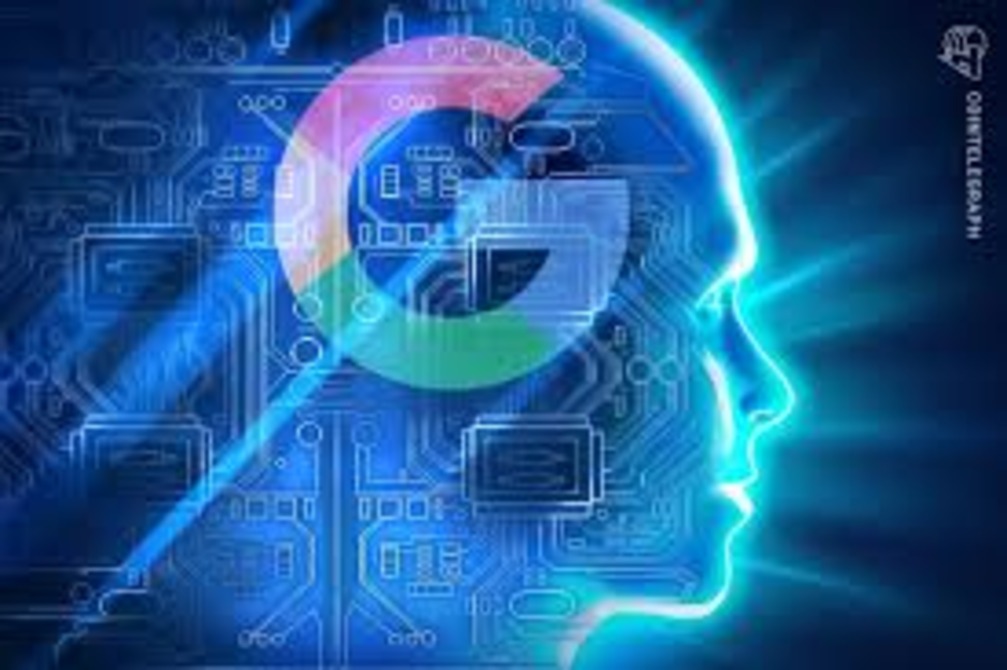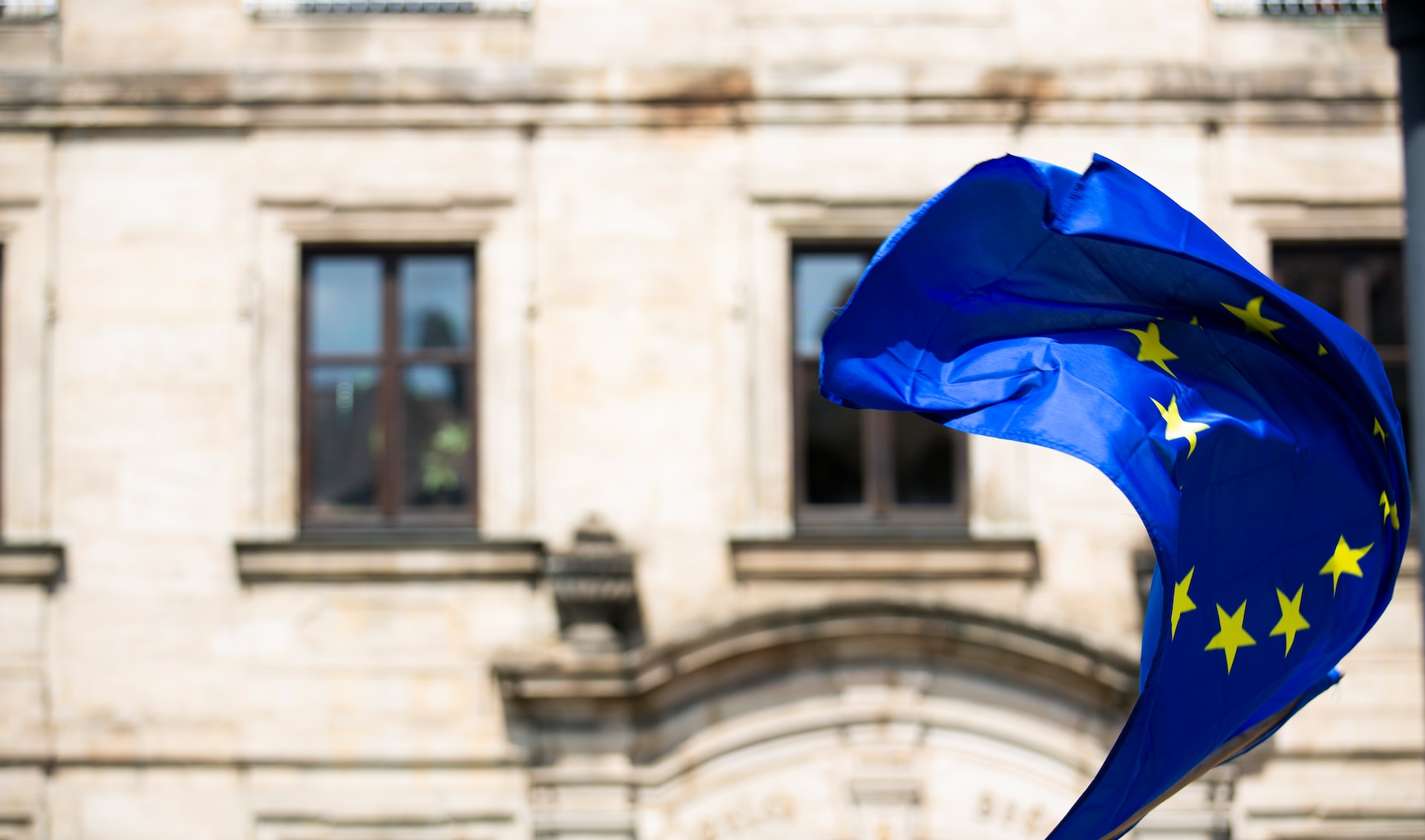
Last year, the art community exploded in fury over generative AI programs. These programs could convincingly execute commands, like drawing a cartoon character in Sarah Andersen’s style or a nymph similar to Karla Ortiz’s. Such AI works imitated the artist’s style without credit, consent, or compensation, sparking a fight to rectify the three C’s.
In January, Andersen and Ortiz led a class-action lawsuit against Midjourney, DreamUp, and Stable Diffusion. These AI models were programmed with online art without permission. Andersen said she felt “violated” upon seeing her “Fangs” comic book style replicated by an AI drawing. She took to Twitter with an indignant reaction, which went viral, and other angry artists shared similar stories with her.
The lawsuit’s supporters aim to set a legal precedent for generative AI models replicating artists’ styles. Artists demand AI developers receive permission before using their work for software training. They also want the option to remove their art and earn proper compensation.
An End To Creativity?
Companies facing copyright claims from artists may argue “fair use.” This exception applies when a creation is given a new interpretation or only briefly excerpted. According to lawyer and developer Matthew Butterick, “transformative” is the magic word in the US court system. The question is whether the work is a new use of copyrighted material or if it replaces the original in the market.
In addition to taking legal action, artists are utilizing technology to protect themselves from generative AI. Last week, the University of Chicago team launched their “Glaze” software upon artist requests.
According to the doctoral student in charge of the project, Shawn Shan, the Glaze software adds a layer of data over images that act as a decoy for AI, even though it’s invisible to humans. However, it is up to artists to adopt Glaze. Butterick anticipates a “cat-and-mouse game” as AI creators attempt to circumvent these defenses.
Butterick is also concerned about the impact of AI on human morale. He explains that the AI apocalypse involves robots with laser guns in science fiction. However, he believes AI’s impact on humanity will be more insidious. It will discourage people from creating new things and sap the life out of humanity.
Featured image from simplilearn.com



